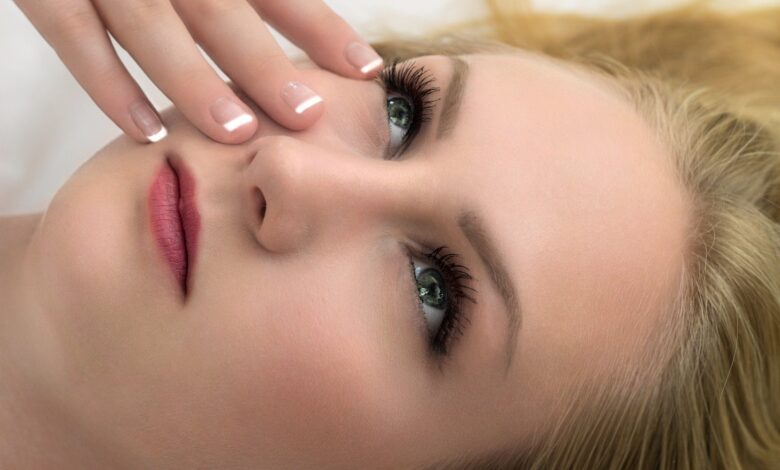
Summary
What we eat has an impact on our health and often also our skin condition . Unfortunately, so far there has been a lack of studies that show a clear connection between diet and skin health. In particular, there are only a few meaningful research results on a possible connection between acne and diet. One thing is certain, however, a balanced diet is effective against pimples and acne in that it can contribute to healthier skin and a healthy body. Find out which foods are associated with blemished skin and why. We’ll also give you tips on how to create your own nutrition plan for acne and blemishes.
Can Unhealthy Diet Promote Acne?
The relationship between diet and acne is a controversial issue. 1,2 Although scientists have researched it for decades, no clear recommendations on diet for acne can be made. This is also due to the fact that the skin type of each person is genetically determined and the skin is very individual to external influencing factor’sreacted. These include foods that we eat every day. Numerous studies show that there are fewer acne cases in rural and non-industrialized societies than in western industrialized countries. During a 30-year study, it was observed that the Inuit in northern Canada did not experience acne as long as they followed a traditional diet. When Western foods were added, that changed. 4,5 Similar studies in other non-industrialized regions of the world support the assumption that a typical Western diet can promote the development of acne.
Which foods are bad for the skin?
Some factors, such as the glycemic index of foods or hormones (e.g. in milk), are very likely to play a role in the development of acne. 2,3 For example, cow’s milk increases the release of IGF-1 (Insulin Like Growth Factor-1), which stimulates keratinocytes and the sebum glands. In the western, industrialized countries, such acne-promoting foods are part of the daily diet. In these regions, acne – so-called late acne (acne tarda) – is an increasingly common problem in adulthood . It is therefore reasonable to assume that such foods can cause blemished skin.
High glycemic index (GI) foods
Highly glycemic foods cause the body to produce more insulin. This hormone makes sugar quickly available from simple carbohydrates, which means that they are stored in the body’s cells. Insulin also indirectly stimulates androgens (male hormones), which stimulate excess sebum production (seborrhea) and overproduction of cornified cells that clog the sebum glands (hyperkeratosis) – both of which lead to the development of blemished skin.
Fruits like bananas, kiwis, and grapes have a high GI, but that doesn’t make them unhealthy foods. On the contrary, fruit can help against acne by providing the skin with vitamins and nutrients.
Milk and milk products
Milk and acne are often linked, although dairy products have a relatively low GI. However, the data are often incomplete, so the comedogenic effects have yet to be proven. 6 The fact that the consumption of milk can cause acne or a general deterioration in the complexion is due to the release of IGF-1 and the hormones it contains. Both have a similar effect on the human system as insulin: they stimulate androgen activity.
Saturated fat and trans fats
Hydrogenated fats, so-called trans fats, and saturated fatty acids also have a reputation for worsening the complexion. In addition to blemishes and pimples, an unbalanced diet high in unhealthy fats and simple carbohydrates can also cause skin to age faster and look pale. Trans fats are not only a danger to the health of the skin, but also increase the risk of cardiovascular diseases and obesity if they are consumed regularly. Therefore, they should not only be consumed very consciously in the diet for acne, but in general.
Is there an acne diet?
In short: no. There are no official recommendations on what foods to eat against acne. The skin’s reaction to certain foods is too individual for a general acne diet plan. Nevertheless, it can make sense to question the diet in acne and, if necessary, to change it. You can use a nutrition journal to find out which foods make pimples and acne worse for you and then avoid them.
- For the first three to four weeks, eat as usual and document what you eat.
- Then delete a possible problem food (e.g. cow’s milk) from the menu and test the change in diet for a few weeks.
- Then integrate the respective type of food (e.g. milk, sugar or flour) into the diet for a day and check whether the skin has deteriorated.


